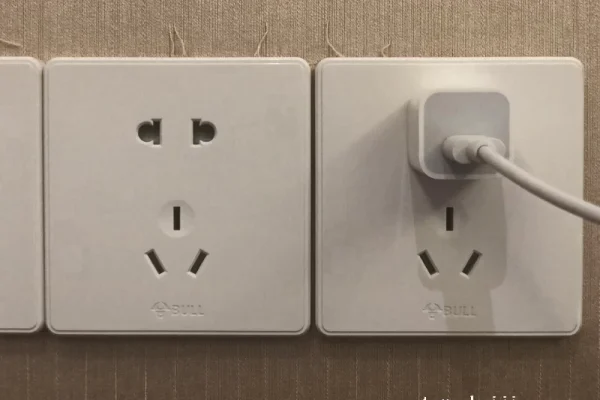
Plugs, Sockets, Adapters and Electricity in China
Welcome, global explorers! As you prepare for your Beijing tour or visiting other captivating destinations in China, it’s crucial to equip yourself with the right knowledge about China’s electrical systems. Understanding the basics of China’s electricity, including its plug and socket system, is essential for a smooth and hassle-free travel experience. Whether you’re a seasoned…





